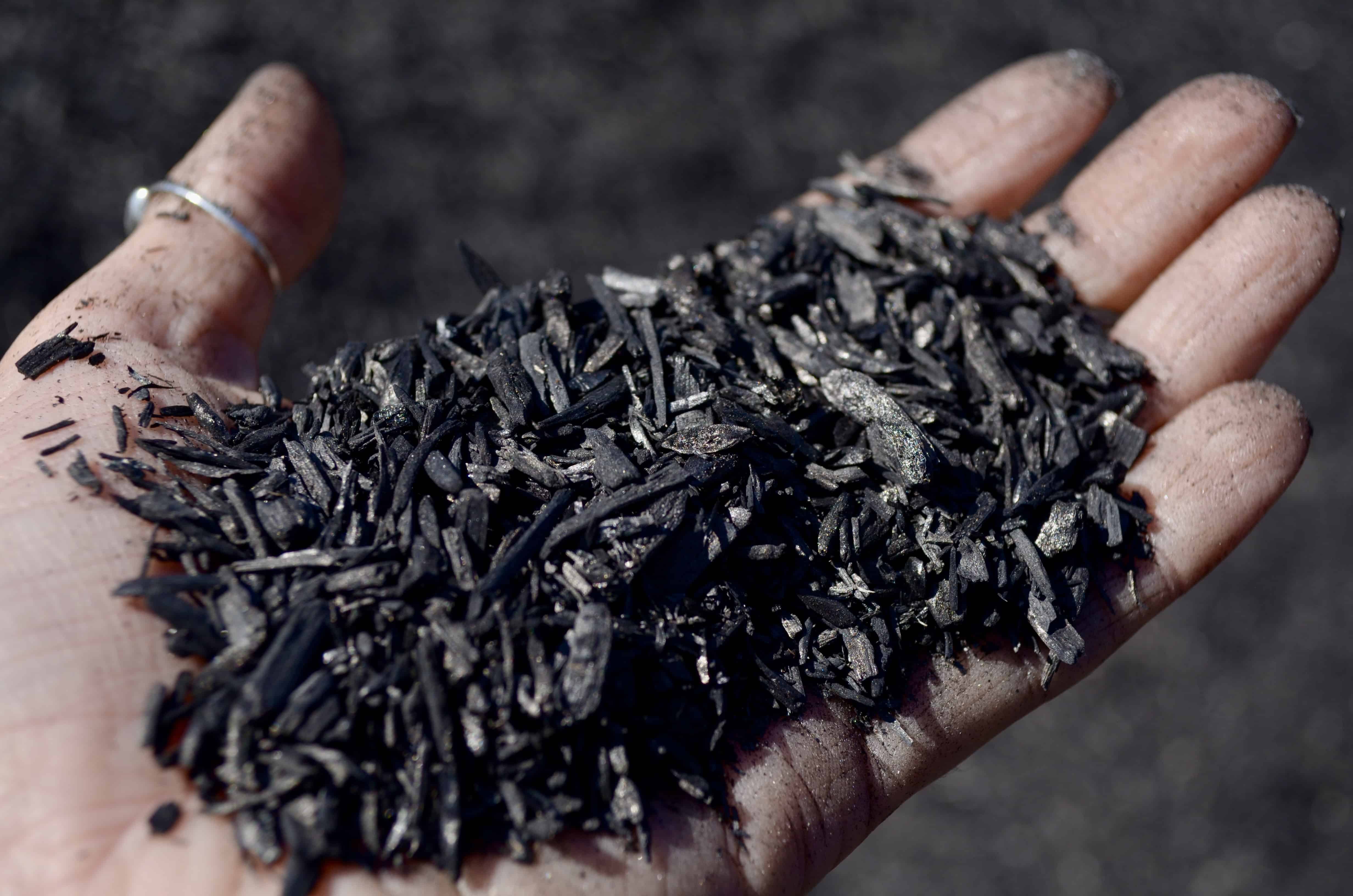Key Takeaways:
- Treehouse California Almonds and Sitos Group have announced a partnership to build a $9 million biochar manufacturing facility in Delano, California, set to be operational by late 2025.
- The facility will use almond shells from Treehouse Almond’s processing operations to produce biochar, repurposing agricultural byproducts for sustainable applications.
- The project supports California’s move toward a circular agricultural economy and offers a sustainable waste management solution for almond growers.
- Biochar offers benefits for carbon sequestration, soil health improvement, and reduced fertilizer reliance, contributing to climate resilience in agriculture.
Biochar Facility to Transform Almond Shell Waste
Treehouse California Almonds, a major supplier of almond ingredients, is collaborating with Sitos Group, a California-based biochar producer, to establish a commercial biochar facility in Delano, California. This $9 million facility, spanning 25,000 square feet, is funded by Sitos Group shareholders and New Markets Tax Credits. Set to open by the end of 2025, the plant will be the first West Coast commercial biochar system directly connected to agriculture, converting almond shells into biochar.
Mark Masten, President of Treehouse California Almonds, described the partnership as a key initiative in climate-focused agriculture. “This partnership with Sitos Group represents a significant advancement in regenerative agriculture for the almond category, benefiting our orchards, environment, growers, and business partners well into the future.”
Advancing Sustainable Waste Management and Carbon Reduction
The partnership seeks to demonstrate biochar’s potential in carbon removal and sustainable agriculture. Biochar, a carbon-rich material produced through biomass pyrolysis, can be used in soil to improve moisture retention, nutrient holding capacity, and microorganism habitat. By stabilizing carbon within its structure, biochar prevents CO2 release, sequestering it in the soil for centuries. This ability to act as a long-term carbon sink has led to its inclusion as a negative emission solution in reports by the United Nations Intergovernmental Panel on Climate Change (IPCC).
Mayo Ryan, CEO of Sitos Group, highlighted the significance of the partnership: “This project represents a substantial step toward a circular economy in California’s agricultural sector, allowing biochar production to scale meaningfully.”
Facility Capabilities and Environmental Impact
The Delano plant will process up to six thousand pounds of almond shell feedstock per hour, using three slow-pyrolysis units operating together with a drying system and emissions control. Additionally, Organic Rankine Cycle (ORC) generators will convert heat from the pyrolysis process into clean electricity, supporting the local power grid. The facility provides almond growers a method to reduce their carbon footprint while promoting soil health and offering an alternative to chemical fertilizers.
Treehouse California Almonds and Sitos Group envision the facility not only as a production site but also as an educational hub for carbon dioxide removal (CDR) through biochar, underscoring the material’s role in climate change mitigation and sustainable agriculture.



1 Comment